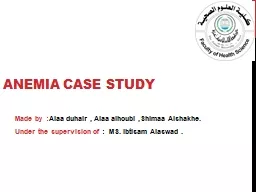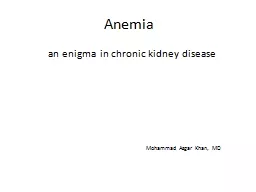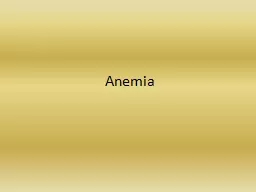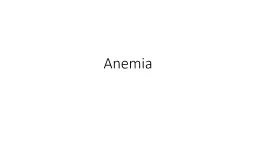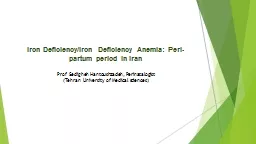PPT-Anemia case study Made by :
Author : deena | Published Date : 2022-02-24
Alaa duhair Alaa alhoubi Shimaa Alshakhe Under the supervision of MS Ibtisam Alaswad A 27yearold woman presented with recurrent abdominal swelling She has
Presentation Embed Code
Download Presentation
Download Presentation The PPT/PDF document "Anemia case study Made by :" is the property of its rightful owner. Permission is granted to download and print the materials on this website for personal, non-commercial use only, and to display it on your personal computer provided you do not modify the materials and that you retain all copyright notices contained in the materials. By downloading content from our website, you accept the terms of this agreement.
Anemia case study Made by :: Transcript
Download Rules Of Document
"Anemia case study Made by :"The content belongs to its owner. You may download and print it for personal use, without modification, and keep all copyright notices. By downloading, you agree to these terms.
Related Documents

